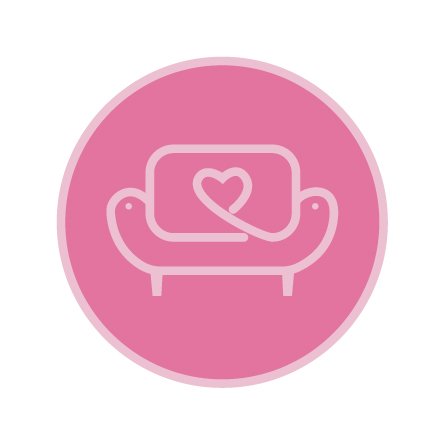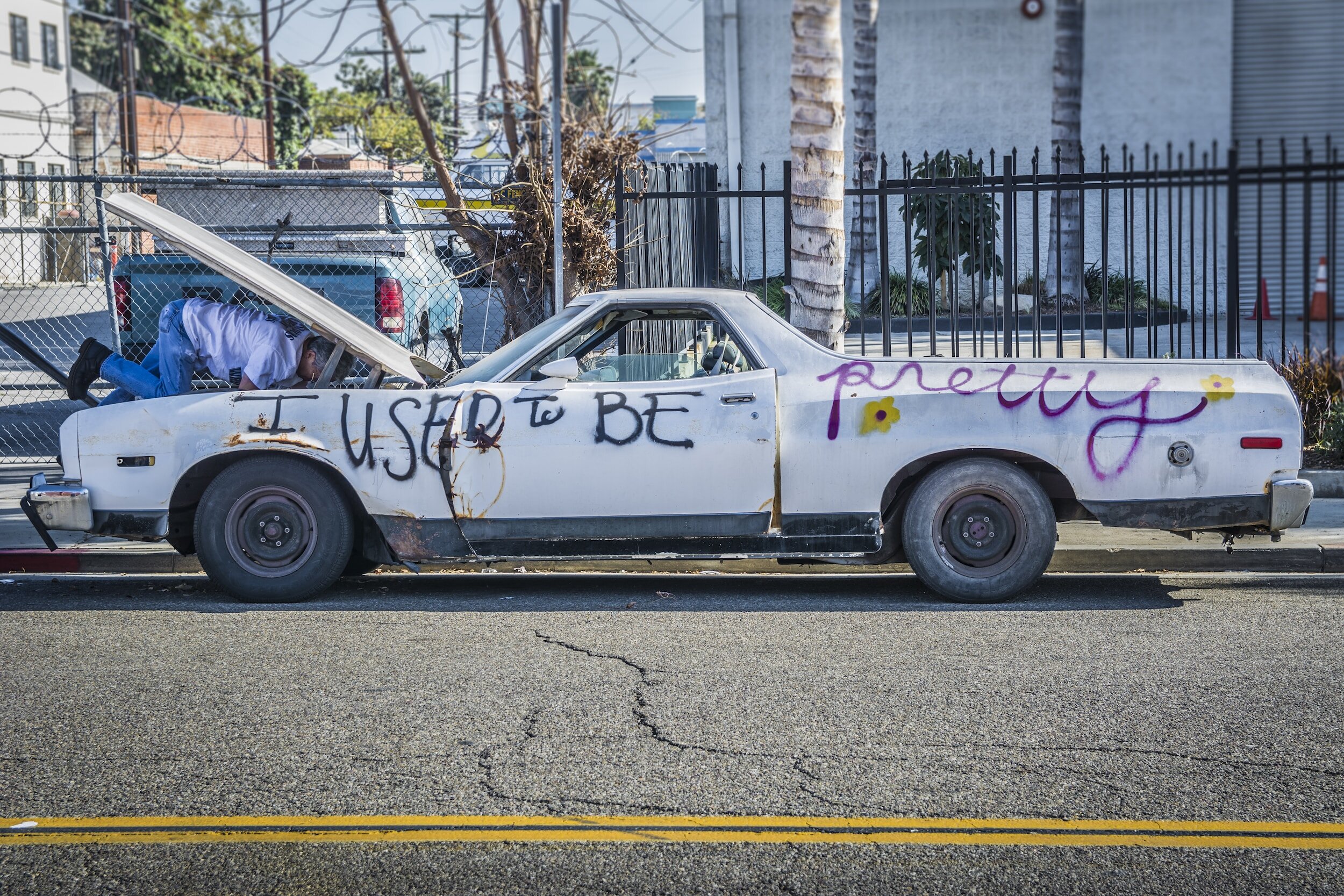Living in the Past - When is it Too Much?
Has anyone ever accused you of living in the past?
My guy often asks me to stop living in the past. Now, I get it, I get what he means when I talk about things that have happened over my 58 years of life. But does this mean I’m living in the past? I don’t think so. So how do we know if it’s a good thing and how do we know when it is too much or when it is keeping us stuck and/or annoying your partner?
So, how can we embrace the past for our own personal growth?
When we talk about 'living in the past', it often means immersing ourselves in nostalgia, drawing comfort from memories, or sometimes, lingering on bygone hardships. For each of us, this journey can be deeply personal and impactful on our mental and emotional well-being.
Pros:
Simplicity and Mindfulness: Revisiting simpler times can inspire mindfulness and an appreciation for life's small joys, away from today's digital chaos. Like maintaining a beloved tradition of getting together to decorate Christmas cookies every year.
Real Connections: Reflecting on past interactions reminds us of the importance of meaningful, face-to-face relationships, enhancing our emotional health. Like making a point of being together with friends and laughing until you pee your pants! So much more fun and fulfilling than texting! Laundry schmaundry!
Learning from History: The past serves as a classroom, teaching resilience and coping strategies through the lens of earlier generations. Like learning not to date the same kind of guy over and over again! A lesson that can be applied no matter how old you are!
Cons:
Romanticizing Over Reality: While nostalgia warms the heart, idealizing the past can overshadow its challenges, including limited understanding of how to move forward in the here and now. I call this the “Pollyanna” aspect of my personality and truth be told it is not helpful much of the time. (Although letting ourselves dream is one of the great things of being human! Am I right?)
Isolation Risks: The lack of instant communication in the past underscores the necessity of accessible support networks, even more crucial for our mental health today with the world going bonkers lately. Letting others see us when we’re most vulnerable is undoubtedly scary. But so is struggling through these financially taxing and frightening times.
Appreciating Modern Resources: Acknowledging the past's limitations in acknowledging (or not) mental health and how it is now much more mainstream helps us value the current progress and tools. There are so many ways to ask for and receive support for what ails you including books, online groups, Facebook groups, free student-run clinics, book clubs, journalling strategies, your family doctor (hopefully that is…), axe-throwing (only in designated areas of course) and talking to a personal coach or psychotherapist, to name but a few.
Living in the past is a balancing act. It’s not necessarily something “bad,” but more about drawing lessons and comfort from yesteryears while staying grounded in the present, leveraging our understanding and resources to foster personal growth, emotional well-being, our coping skills and building resilience so we can bounce back better.


